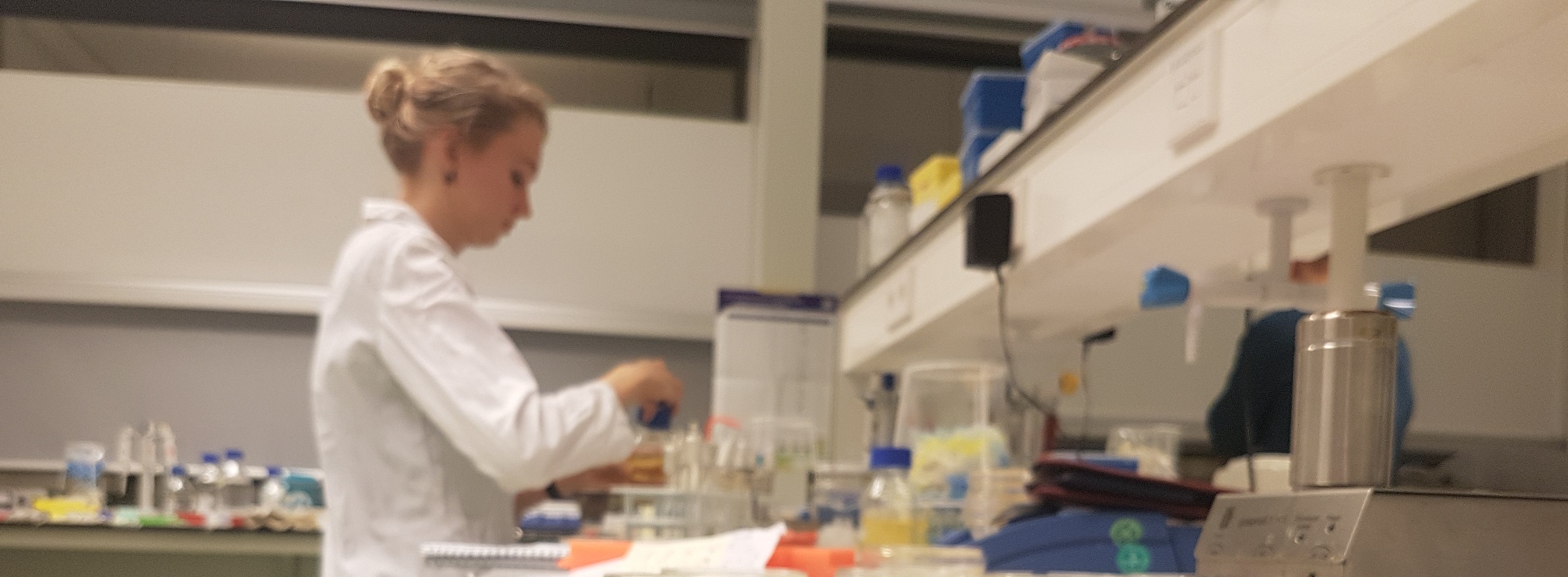DESIGN
Design
Introduction
Bacteria with
hCas9
Biobrick construction
Validation construction
CRISPR array
Biobrick construction
dCas9
Biobrick construction
We started out by trying to transform the dCas9 from the biobrick dCas9-Ω submission (part BBa_K1723000) (link to part page)) into competent E.coli DH5alpha cells, since the part is already in biobrick format and only requires removal of the Ω-subunit (link to primer design). However, we were not able to recover successful transformants. Therefore we decided to pursue another strategy utilizing the addgene plasmid pJWV102-PL-dCas9 (link to benchling), which was supplied to us by our supervisor Chenxi.To start off we PCR amplified the dCas9 out of the plasmid using primers .. & … In this PCR reaction a XbaI as well as a PstI site restriction site were incorporated in front of and behind dCas9, enabling dCas9 integration into an iGEM Vector (link) via restriction ligation (protocol link). Next we removed the EcoRI site, since this was still present in the Addgene plasmid and interfering with Biobrick compatibility. In order to accomplish this, two sets of quick-change primers were designed (image of sequence dCas9 plasmid part containing EcoRI site and all four primers).
To change the PAM, four mutations were required (see table). Since all mutations are positioned at the end of the gene, a gBlock was designed containing the end of dCas9 with all four mutations. To exchange the gblock with the original end of dCas9 the BamHI restriction site was used. The end of the gblock contained the biobrick suffix. To insure that only mutated dCas9 would be transformed the correct fragment was subjected to a gel-extraction after restriction of the pSB1C3: dCas9 plasmid.
From this sub-project both the biobrick-compatible dCas9 (link part page) and dCas9-VRER (link part page) were submitted to the iGEM HQ.
Validation construction
Target array reporter
Biobrick construction
Validation construction
Lactis toolbox
Biobrick construction
As our detection system is designed to ultimately by integrated into L. lactis, we wanted to provide the registry with the desired promoters which were not available in a pSB1C3 backbone. For each promoter, a different plasmid and primer pair was used to amplified the sequences from their native backbones. The pNisA promoter was amplified from the pNZ8048 plasmid using the G65 and G66 primers [2]. The p32 promoter was amplified from the pMG36E plasmid using the G67 and G68 primers[7]. The pUsp45 promoter was amplified from the already cloned part BBa_K2361003 using the G63 and G64 primers. This added the biobrick restriction sites combinations to the flanks of the promoter sequence. This allowed us to incorporate the promoter sequences into the biobrick compatible format.Validation construction
References
- Kuipers OP, de Ruyter PG, Kleerebezem M, de Vos WM. Journal of Biotechnology. 1998;64:15–21
- van de Guchte, M., van der Vossen, J.M.B.M., Kok, J. and Venema, G. (1989) Appl. Environ. Microbiol. 55, 224-228
What should this page contain?
- Explanation of the engineering principles your team used in your design
- Discussion of the design iterations your team went through
- Experimental plan to test your designs











